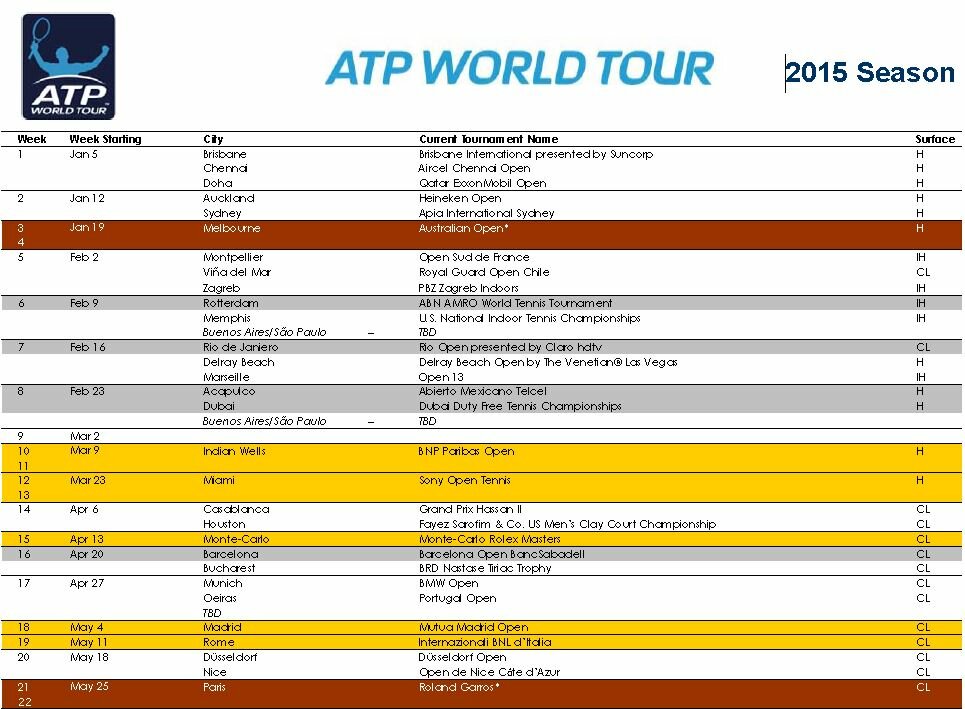 A team’s personnel are only allowed in the pit lane immediately before the stop and must withdraw to their garages as soon as their work is done. It is also the team’s responsibility to release a car from its stop and only when it is safe to do so, otherwise the team may be fined.
A team’s personnel are only allowed in the pit lane immediately before the stop and must withdraw to their garages as soon as their work is done. It is also the team’s responsibility to release a car from its stop and only when it is safe to do so, otherwise the team may be fined.
amendments made to regulation in 1994 season allow fuelling during the race and brought a wide range of different race tactics due t different car weights. Since refueling was banned again at the end of 2009, a driver’s visit to the pits became an amazing task of speed and efficiency that requires teams to practice the tyres changes procedures hundredths of times.
The car is guided into its pit by the ‘lollypop man’ because of the distinctive shape of the long ‘stop/ first gear’ sign he holds in front of the car. The car stops in a precise position and is immediately jacked up front and rear. Powered devices which help in lifting any part of a car are forbidden in the pit lane during the race.
Three mechanics are involved in changing a wheel, one removing and refitting the nut with a high-speed airgun, one removing the old wheel and one fitting the new one. Other mechanics may make other adjustments during the stop. Some changes can be carried out very quickly – such as altering the angle of the wings front and rear, to increase or decrease downforce levels. Other tasks, such as the replacement of damaged bodywork, will typically take longer – although front nose cones, the most frequently broken components, are designed with quick changes in mind. On tracks with debris or rubbish you often see mechanics removing this from the car’s air intakes during a stop, ensuring radiator efficiency is not compromised. And there is always a mechanic on stand-by at the back of the car with a power-operated engine starter, ready for instant use if the car stalls.
When they have finished their work the mechanics step back and raise their hands. It is the responsibility of the ‘lollypop man’ to control the car’s departure from the pit, ensuring no other cars are passing in the pit lane, though some teams now use semi-automated traffic light systems instead of the lollipop. Such is the skill of mechanics that routine tyre stops can be over in under three seconds.
Under exceptional circumstances the race director may ask for the pit entry to be closed during the race for safety reasons. At such times drivers may only enter the pit lane in order for essential and entirely evident repairs to be carried out to the car a race.



